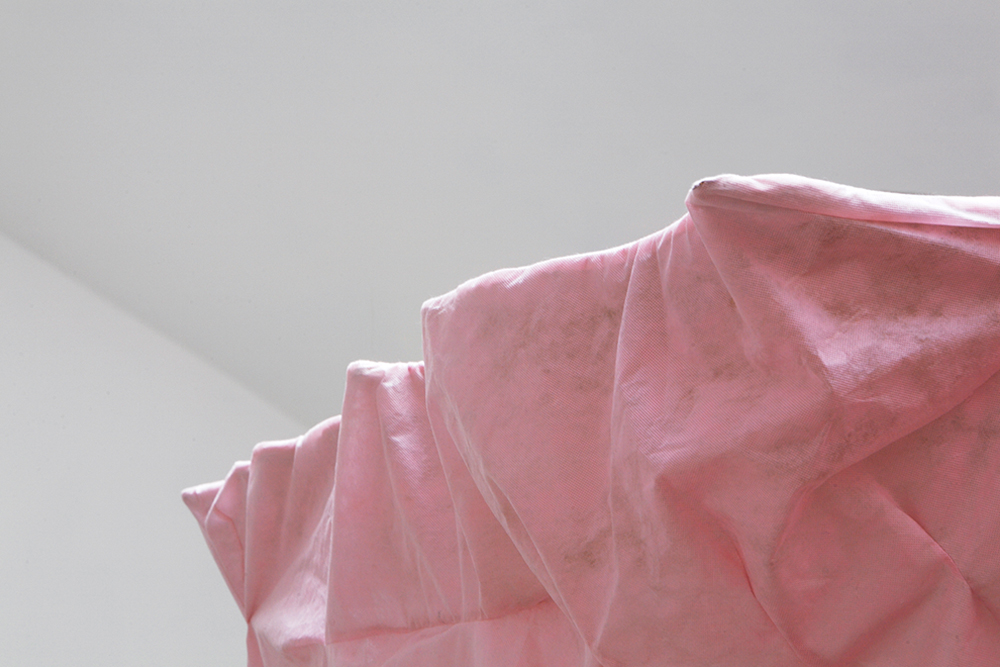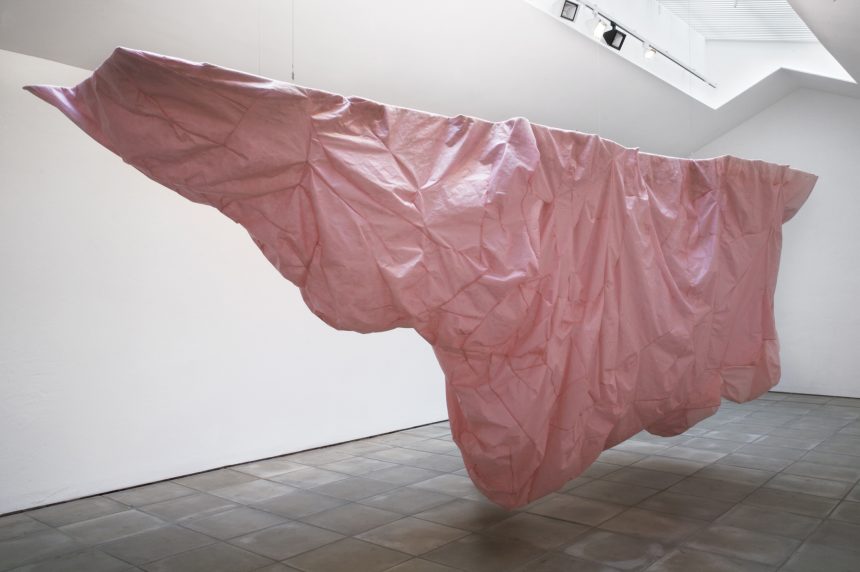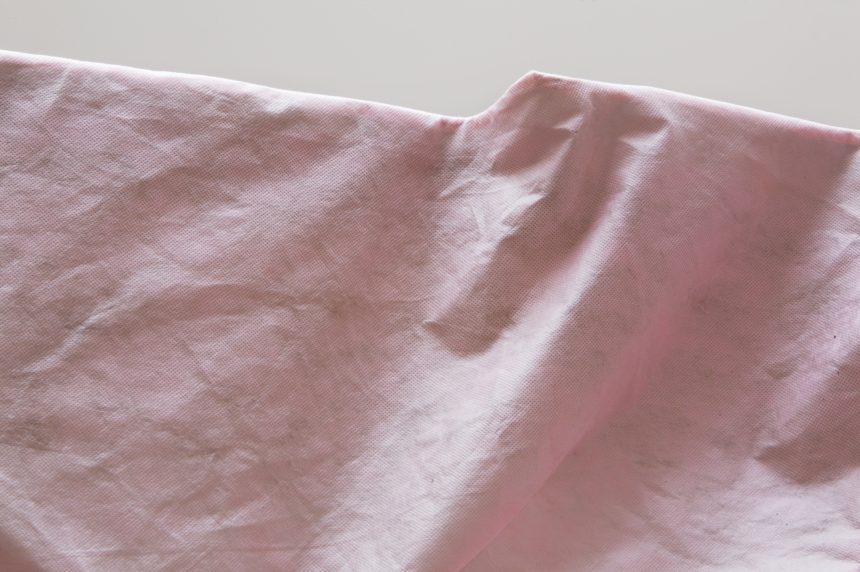OBJECT, WALK, PHONE
In November 2006 Dunhill and O’Brien spent three days contemplating and examining a hole at an archaeological site of a Cistercian Abbey in Tuscania, Italy. The hole, originally excavated by itinerant bell founders in the 11th Century, was a special pit made to cast the Abbey’s bell. Later employed as a burial site for the monks due to its location within the Abbey’s walls its scale and form had remained largely intact and indicated
Situated in a remote agricultural area the Abbey’s bell would have principally been used to mark the monks’ daily routines. It would also have exerted the Church’s authority (as the principal keeper of time) over the local area.
The work that Dunhill and O’Brien exhibited in 2008 as part of the exhibition Just World Order, comprised three parts, Object – a tailor-made lining formed directly in the bell pit; Walk – a guidebook of a trek that set out to mark the distance the sound of the 40cm diameter medieval bell would have travelled with the gallery as the nominated location of the bell tower; and Phone – a mobile phone with a ringtone of a medieval bell of the same size, weight and shape, recorded at the Whitechapel Bell Foundry, that rang intermittently throughout the exhibition.
Artwork made with Mark Dunhill commissioned and curated by Peter Bonnell for Artsway Gallery.
This 3-part work involved a large hanging form, digitised ring tone of a medieval bell and an illustrated booklet describing a guided walk. The work evolved in response to an 11th century bell casting pit that had been excavated at a Cistercian Abbey in Italy and built upon our collaborative research through art practice into materiality, immateriality, scale, performative-making and collaboration.
Drawing on previous works involving cast holes, our research entailed making a tailored cast of the internal form of the bell pit. Our subsequent investigation into bell casting, including Theophilus Presbyter’s treatise on ‘Diverse Arts’ and the Whitechapel bell foundry established a reference to the bell’s function in both marking the monk’s daily routines and exerting Christianity’s authority over the geographical area surrounding the Abbey.
Walk, the artists’ booklet/guidebook, reflected the style of local walking guides and was based on the likely perimeter of the bell’s sound transposed on the local terrain of the gallery. The mobile phone ring tone of a bell of the same size, weight and shape, rang out intermittently, imposing itself upon the exhibition and establishing its own form of measurement and control.
The work questioned the territorial impact of the original hole and employed a range of methods to physically examine this. It drew upon our previous research (Sculptomatic) that interrogated holes in sculpture and questions posed by R Casati and A.C. Varzi in ‘Holes and Other Superficialities’ and David and Stephanie Lewis in their essay ‘Holes’ considering the ontology, logic and epistemology of holes.
Public panel Discussion with Jane Grant, Dunhill & O’Brien and Ansul Krut in conversation with Curator Peter Bonnell.
Exhibition catalogue with essay by Peter Bonnell and documentation of artwork ISBN: 978-0-9558406-2-3
http://www.artsway.org.uk/press-releases/detail/just-world-order/


